Guide: the road to digital success in temperature monitoring

A changing industry
Digitalization is transforming pharma logistics and improving patient and consumer experiences all over the world. At this point, digitalization is no longer a choice for companies. The question is more about how to implement digital solutions in a way that limits disruption, maximizes benefits and contributes to business objectives.
Temperature management is one of the best examples of a process that can be significantly improved through automation and digitalization. To date, we have helped over 8,000 sites globally to automate the temperature excursion process.
Digital technology holds huge potential for pharma, and not only in terms of reducing costs. Better access to data and increased visibility of supply chains and operations are empowering faster, better decisions. Pharma is no different, and many companies are benefitting from more accurate planning, efficient manufacturing and higher levels of productivity.
You can too. Here are four steps you can take to start transforming your supply chain:
1. Future-proof your platform
There are a few important things to consider when setting up your digital platform. Firstly, you need to make sure it is flexible enough to scale with you. Choosing a digital solution, only to find it limits your room for maneuver later could be a costly mistake. Secondly, it is almost as important to ensure that the platform you choose is technology-agnostic and future-proof. Advances in existing technologies and entirely new solutions are emerging at an increasingly fast pace. A technology-agnostic platform will make it easier for you to adopt new solutions, as well as new industry requirements and regulations. This will allow you to adapt to emerging technologies.
2. Get integrated
Once your digital foundation is in place and your data is easily available and accurate, you can drive improvements across your operations. This is where a technology-agnostic platform is really beneficial; it will integrate easily with other systems and solutions in order to break down data siloes and streamline workflows.
For example, seamless cloud-based integration with ERP systems creates clean and consistent data collection. Site staff, suppliers, and logistics operatives benefit from a shared source of insight, and decision-makers always have full visibility. The system can then push data to corporate data warehouses in order to ensure it is safely stored and easily accessible. Once paper records and routine manual checks are removed, pharma companies tend to see a reduction in errors, unnecessary quarantines, less waste, and significant time savings.
You can find out exactly how this works by reading about how we helped GSK implement an integration between its warehouse management and shipping systems in its new distribution hub outside the UK.
3. Choose the right tools
When it comes to temperature monitoring, conventional loggers have been the only option for a long time. Now digitalization is changing this, and a range of new technologies are available. While USB loggers are still a great solution for some drugs, new technologies also allow pharma logistics personnel to create a continuous stream of live data from manufacturing to dispensing when they need to.
This means increased flexibility for the industry as companies can create tailored solutions using multiple technologies to ensure they are operating in the most effective way possible. For example, IoT devices like our Bluetooth Low Energy (BLE) loggers help reduce unnecessary temperature excursions by allowing automated monitoring of drugs and data collection throughout the entire distribution journey. BLE technology is a great solution for pharma temperature monitoring due to its minimal power consumption. It provides a cost-effective and universally applicable solution, no matter which mode of transport is being used.
4. Maximize insights from your data
Once you have a steady stream of reliable data in context with meta data from other integrated sources and an increased overview of what is happening at every point in the supply chain, it is time to start using those insights to streamline operations and identify opportunities for cost savings or extra value creation.
Digitalized planning processes using data analytics, visualization, and business intelligence applications enable better collaboration between suppliers, manufacturers, pharma logistics, and sites. But they also allow closer monitoring of every part of the network. These insights can be used to identify areas where further solutions can be leveraged, such as automated stock replenishment or distribution planning.

Safe, sustainable and effective supply chains
The pharma industry is fully embracing the transformative potential of digitalization and embarking on an exciting period of innovation. Every part of the pharma logistics process is benefitting from solutions that increase visibility, collaboration and reduce waste and inefficiencies. It is an exciting period of innovation.
For our part, our digital, cloud-based temperature monitoring solutions are harnessing the power of IoT to help pharma companies ensure drugs are delivered safely and sustainably to patients. It is already saving businesses in the life sciences industry millions of dollars every year. Get in touch with any of our experts to find out more.
You may also be interested in

On-demand webinar: Master your supply chain with end-to-end visibility

On-demand webinar: Maximize value with 2-way integrations in Clinical Trial Management

LogiPharma Lyon 2024
You may also be interested in
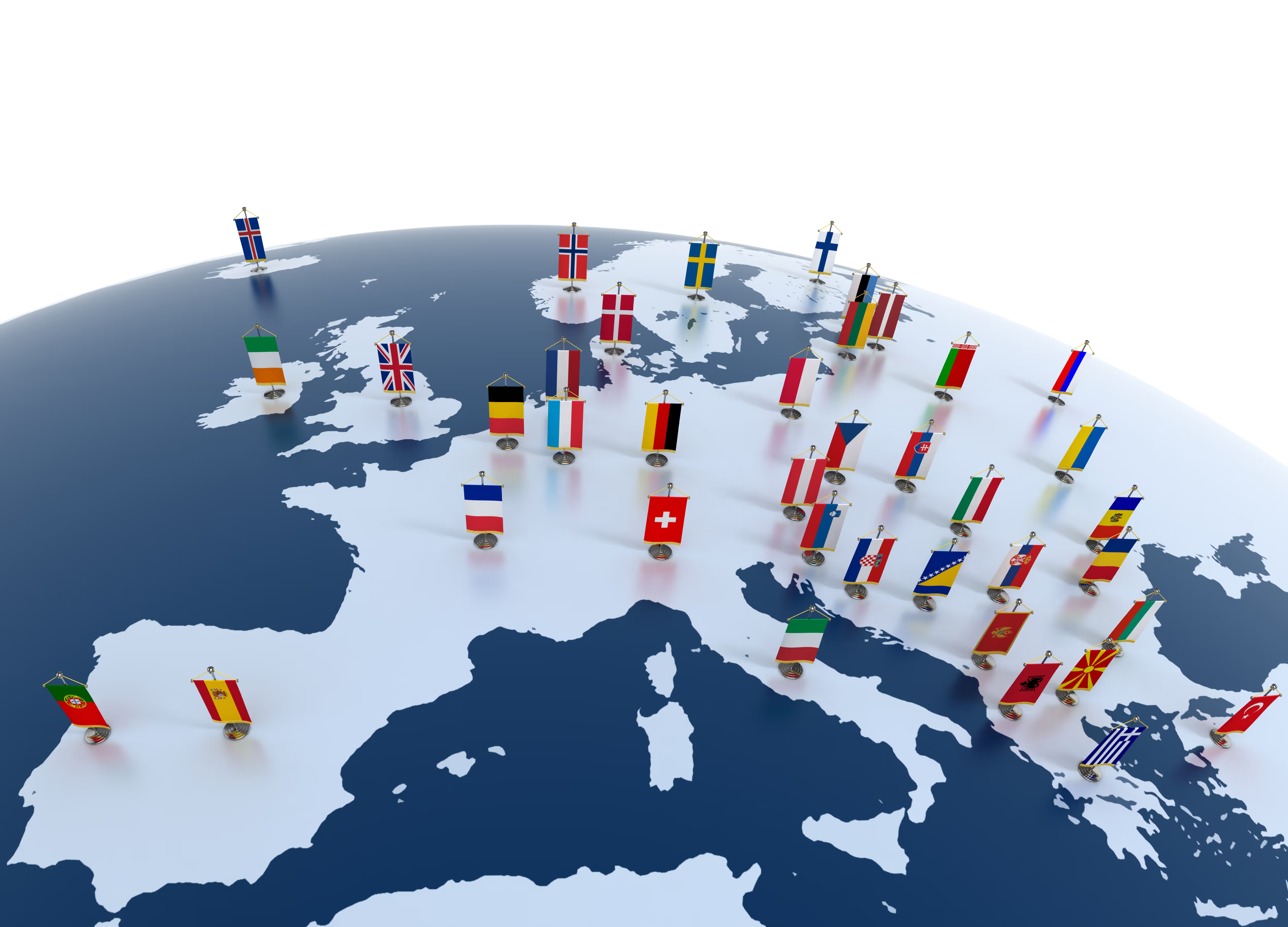
Join Us at LogiPharma Europe 2025

TSS launches innovative Bluetooth powered temperature monitoring solutions

Achieving FDA and EMA Compliance in Temperature Monitoring
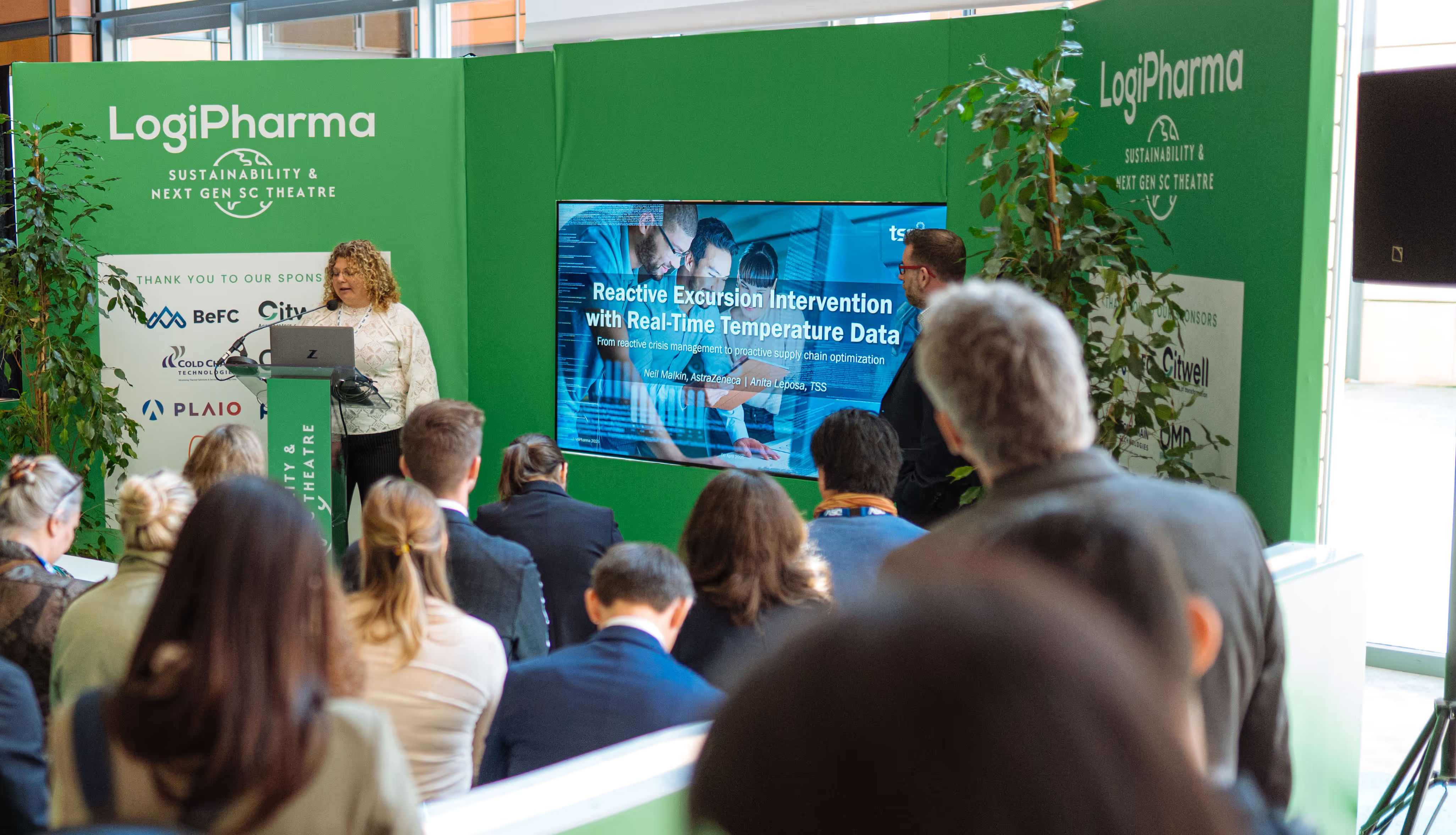
Proactive Temperature Management: The Key to a More Resilient Pharma Supply Chain

Join Us at LogiPharma Europe 2025

TSS Receives CDP SME Climate Score 'SME B' for Strong Climate Actions

Future-Proofing Clinical Trials: How Sponsors Can Up-Scale Through Automation
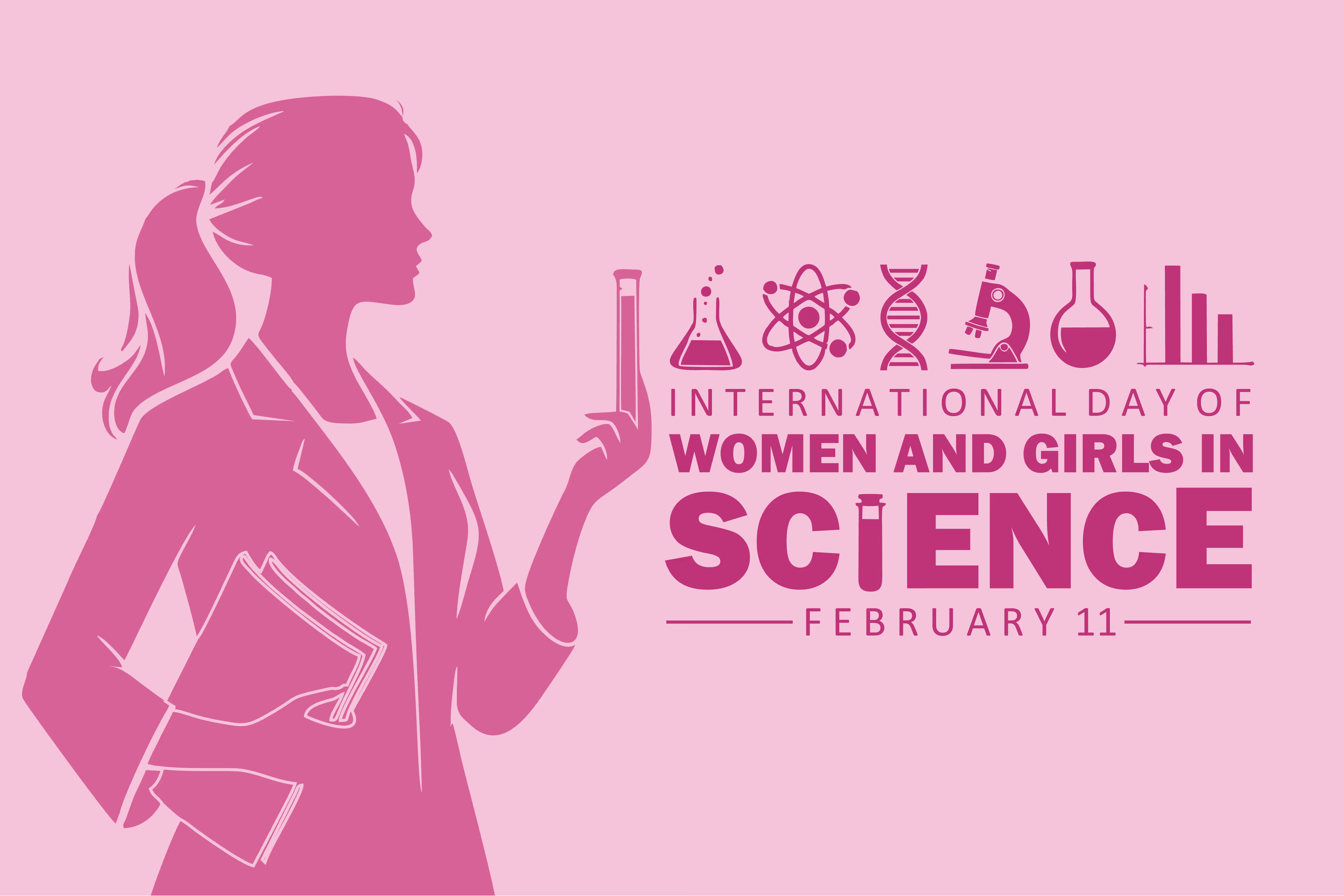
Celebrating Women in Tech

Clinical Trial Supply Europe Event 2025
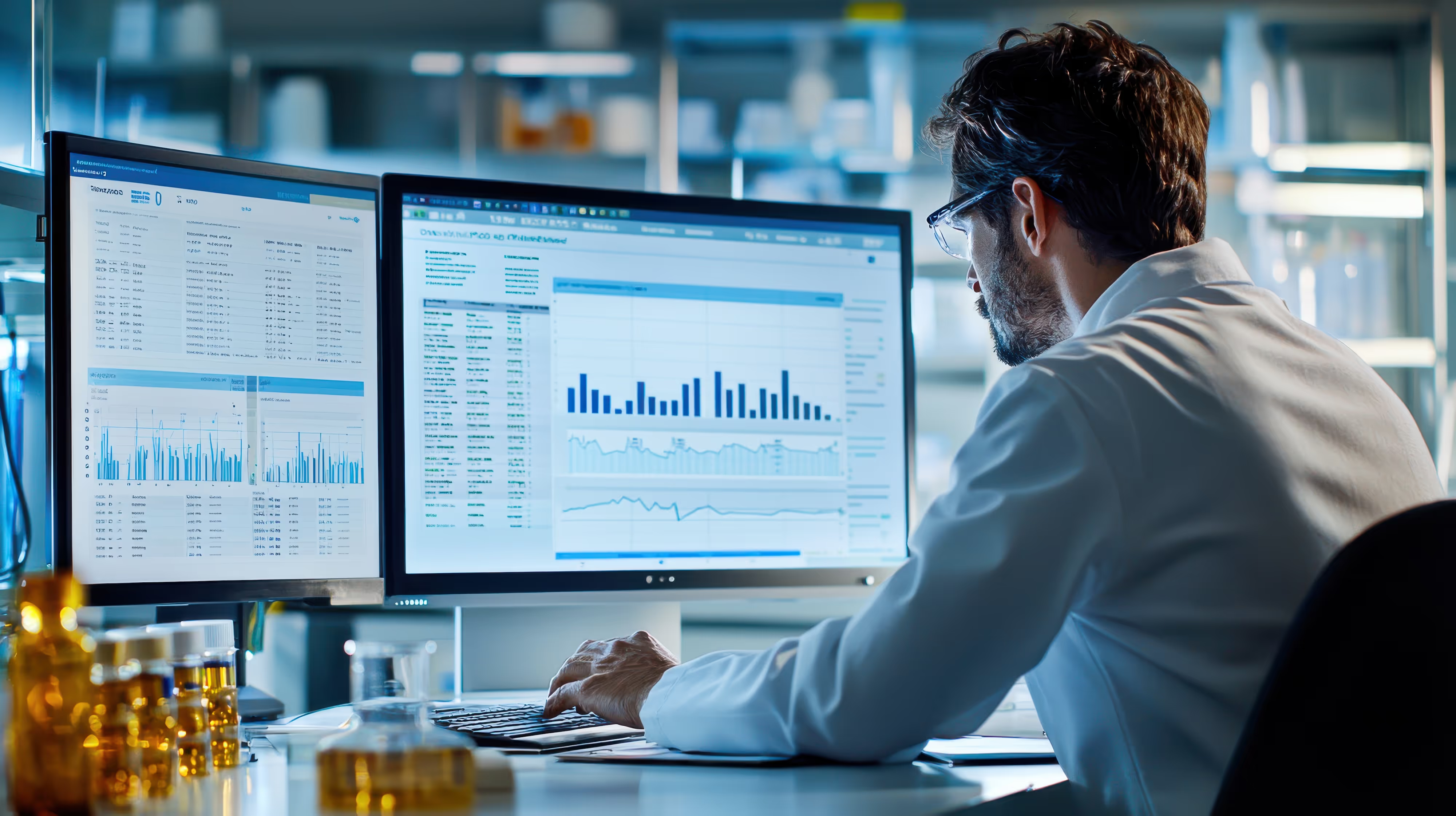
Sustainable Temperature Management: A Key to Greener Clinical Trials

10 Common Mistakes to Avoid During Customer Onboarding

TSS Keeps EcoVadis Silver Medal Despite Tougher Standards in 2024

Change in the Management of TSS

How to Scale Up Your Clinical Trials

10 Steps to Navigating Sustainability in the Pharma Supply Chain

Balancing Cost and Quality in the Pharmaceutical Supply Chain: A Quick Guide

TSS Celebrates WTISD 2024: Embracing Innovation, Digitalisation, and Sustainability
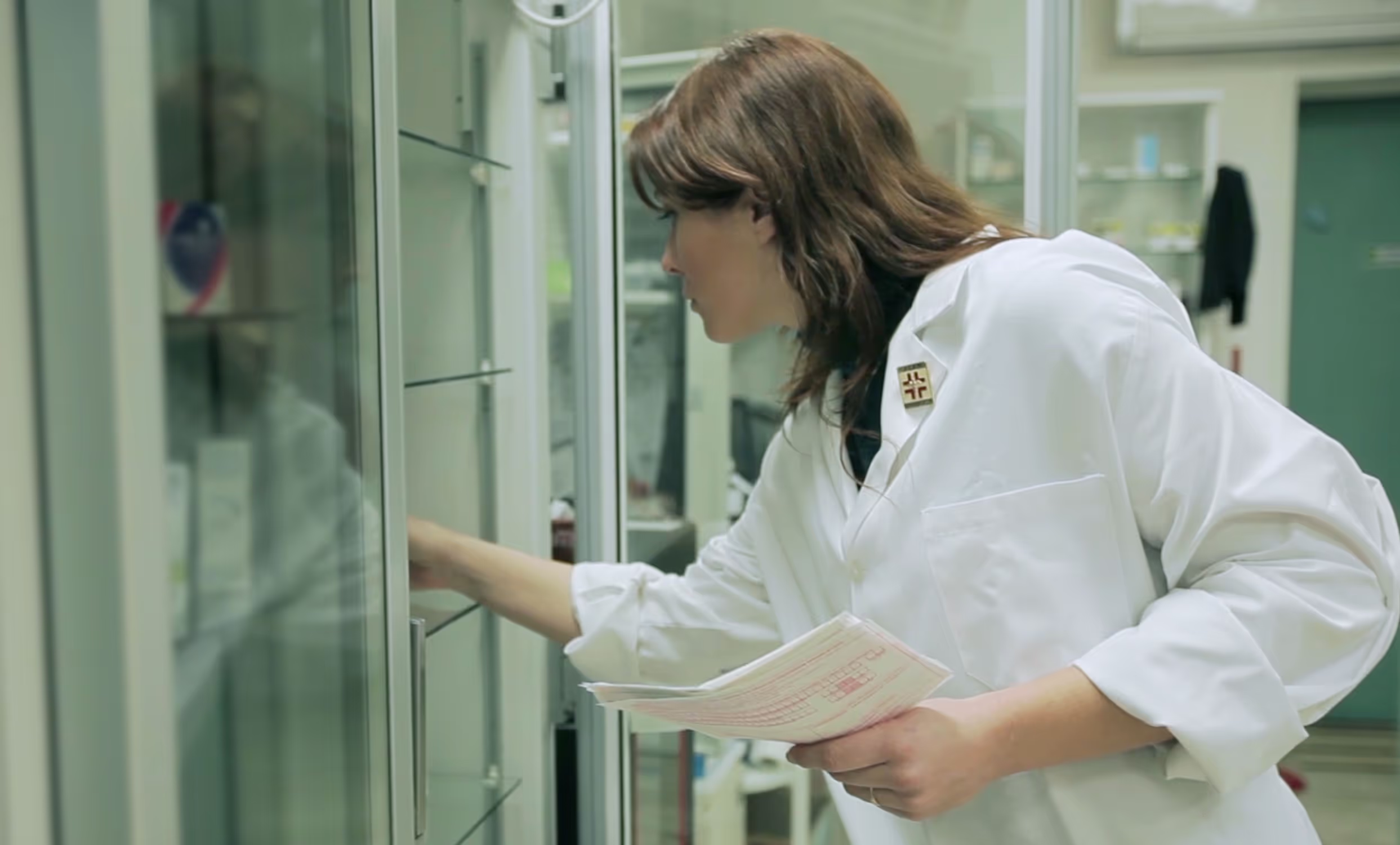
Enhancing Product Quality and Compliance at Clinical Sites

LogiPharma Lyon 2024
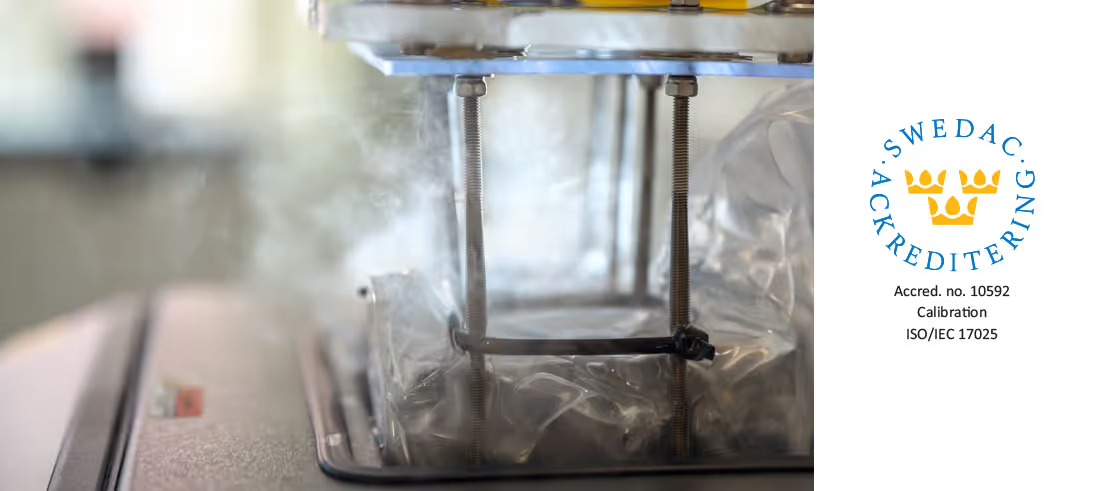
TSS Achieves Coveted ISO/IEC 17025 Calibration Accreditation

Join us at Clinical Trial Supply Europe 2024 in Barcelona

TSS User Forum 2023

TSS Welcomes Gustaf Rasin as New Chief Operations Officer

NECSO Cambridge 2023
.avif)
TSS Welcomes Thomas Lindén as New Chief Technology Officer

GCSG Athens 2023 Vendor Showcase Hosted by TSS

How GSK Pharma in UAE optimized the supply chain through automatization
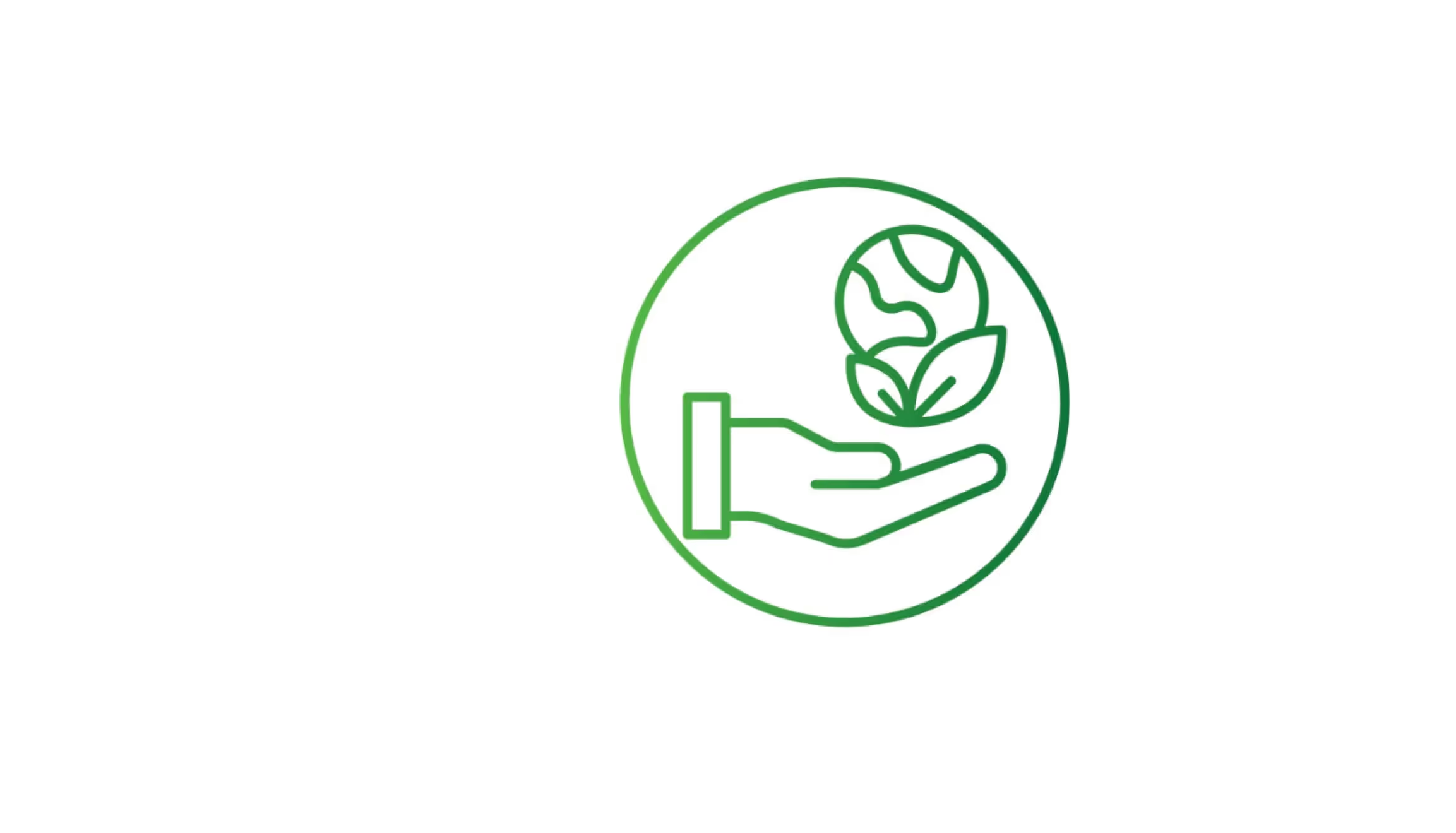
Cooperation with Swedish Innovation Authority and University to Optimize Sustainability Procedures

TSS Achieves EcoVadis Silver Medal for Advanced Sustainability Performance

How can maturity in temperature management move your decision process from days to seconds?

GCSG 2023 US Conference

3 steps to accelerate Decentralized trials & Release to patients

Join us at Clinical Trial Supply Europe 2023

We are back at Clinical Trial Supply East Coast

The GCSG 2022 European Knowledge Forum is coming up, and we will be there.

Meet us at Logipharma US in Boston on September 29th-30th

Boost value in clinical trial management with two-way integrations

Achieving pharma supply chain excellence through integrations

Join us at Temperature Control & Logistics in Düsseldorf

Meet our people: Quality Engineer, Akanksha Sharma
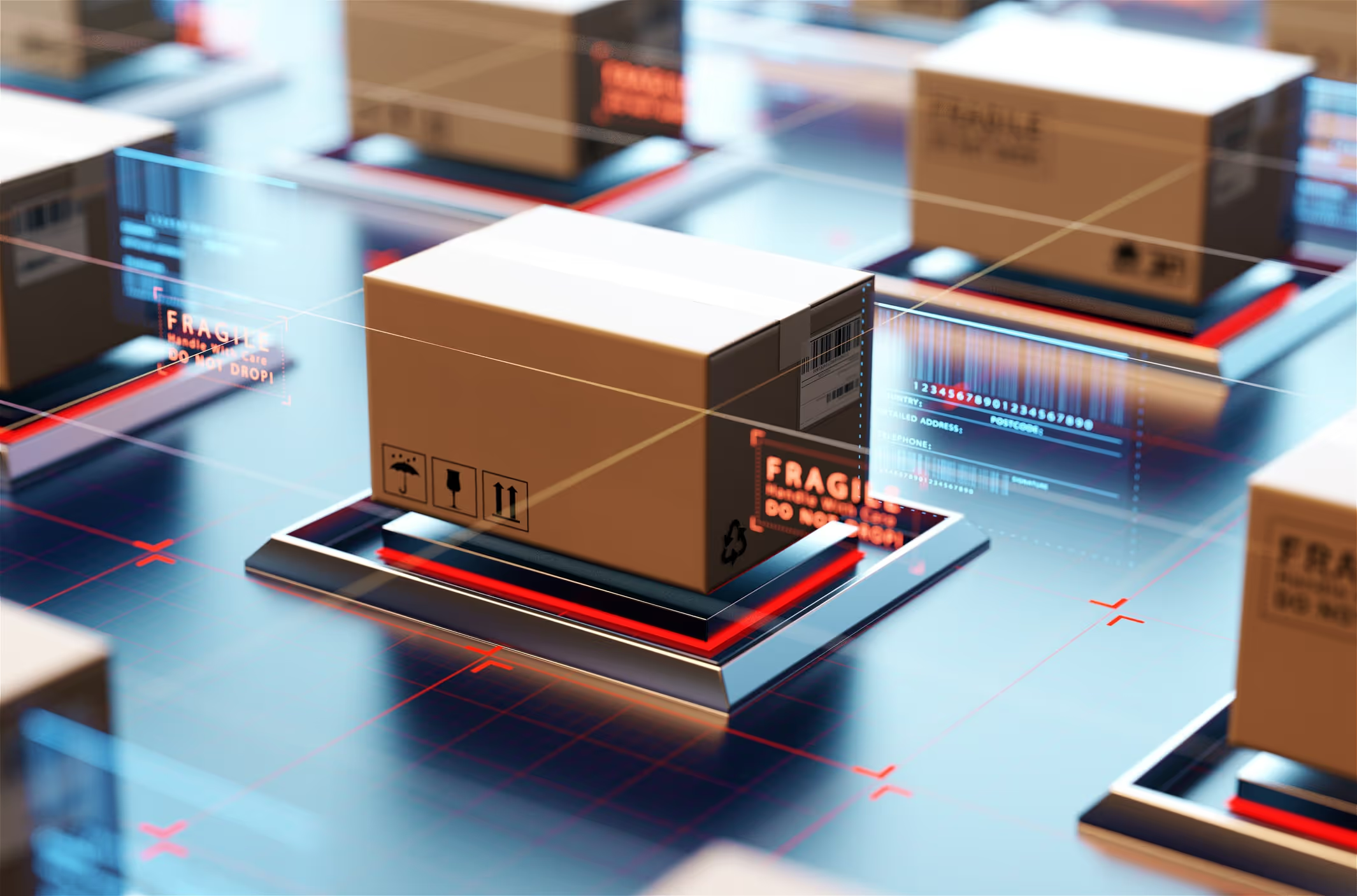
Is your supply chain ready for a digital transformation?

Q&A with Claes Kalderén: Our European Sales Manager

Meet Johanna Eriksson, Chief Product Officer at TSS

On-demand webinar: Maximize value with 2-way integrations in Clinical Trial Management

White paper: the future, today - the next generation of temperature monitoring

Join us at GCSC US 2022

Guide: The road to digital success in temperature monitoring

On-demand webinar: New approaches to automating temperature management in clinical trials

End-to-end visibility is the key to creating more efficient, cost-effective, and sustainable pharmaceutical supply chains
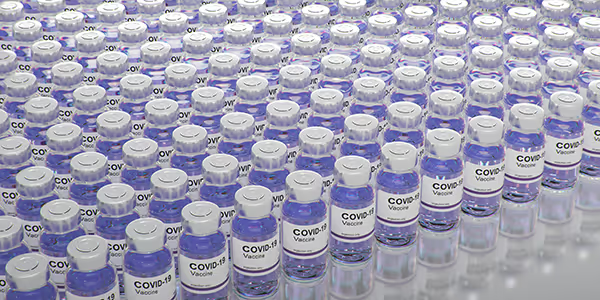
White paper: The next step to automating clinical trials

Getting the full value out of your supply chain temperature data

Join us at Clinical Trial Supply Europe 2022
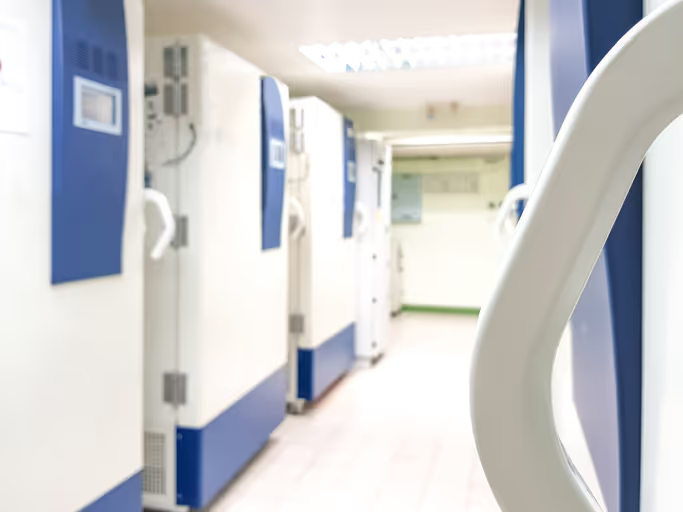
4 things to know about TSS new BLE data loggers

The year in review: TSS’s most-read blog articles of 2021
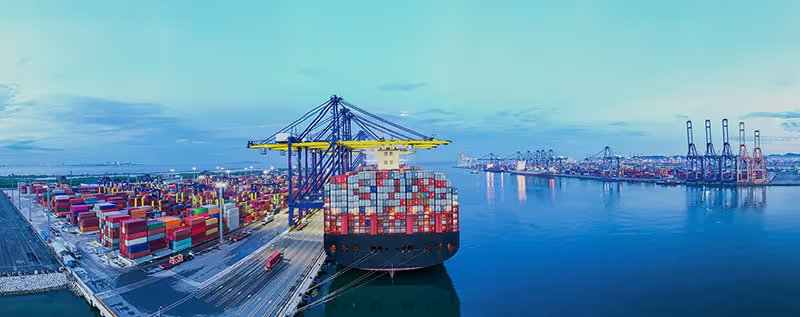
Logipharma report: A fast-track learning exercise in pharma supply chain innovation

Temperature management – from local to global

Meet Nina Nilsson, Chief Revenue Officer at TSS

The Buyer’s guide to real-time temperature monitoring

Increasing visibility with a proactive supply chain

On-demand webinar: Master your supply chain with end-to-end visibility

On-demand webinar: Excursion Management – From days to seconds

Turn days into seconds at clinical sites worldwide
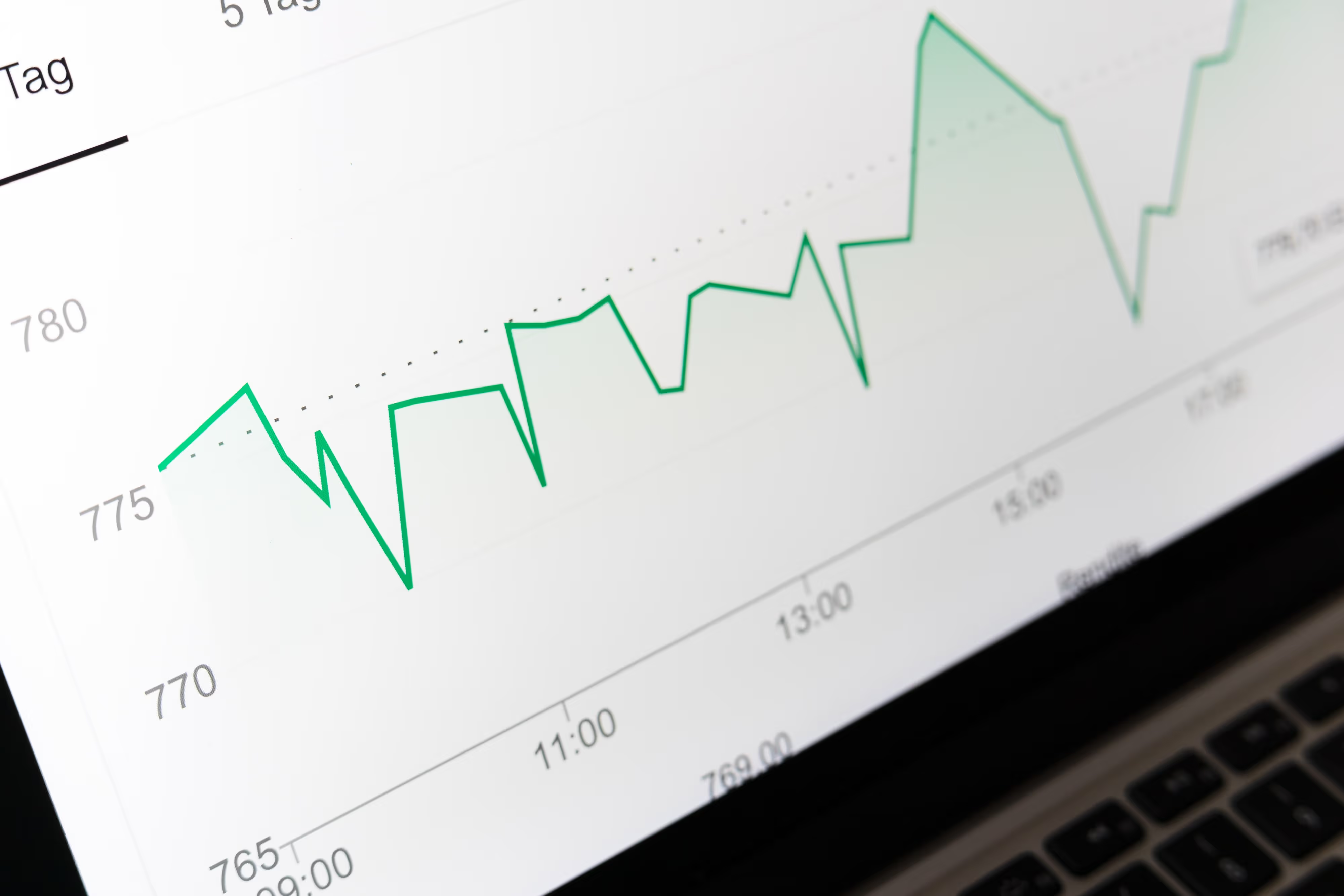
On-demand webinar: Digitalization and its impact on the pharma supply chain

Covid-19 situation

Innovation flourishes when different perspectives meet

Exploring the solution to a global question

How live access to GxP data support supply chain best practices?

On time and in full, when it matters most
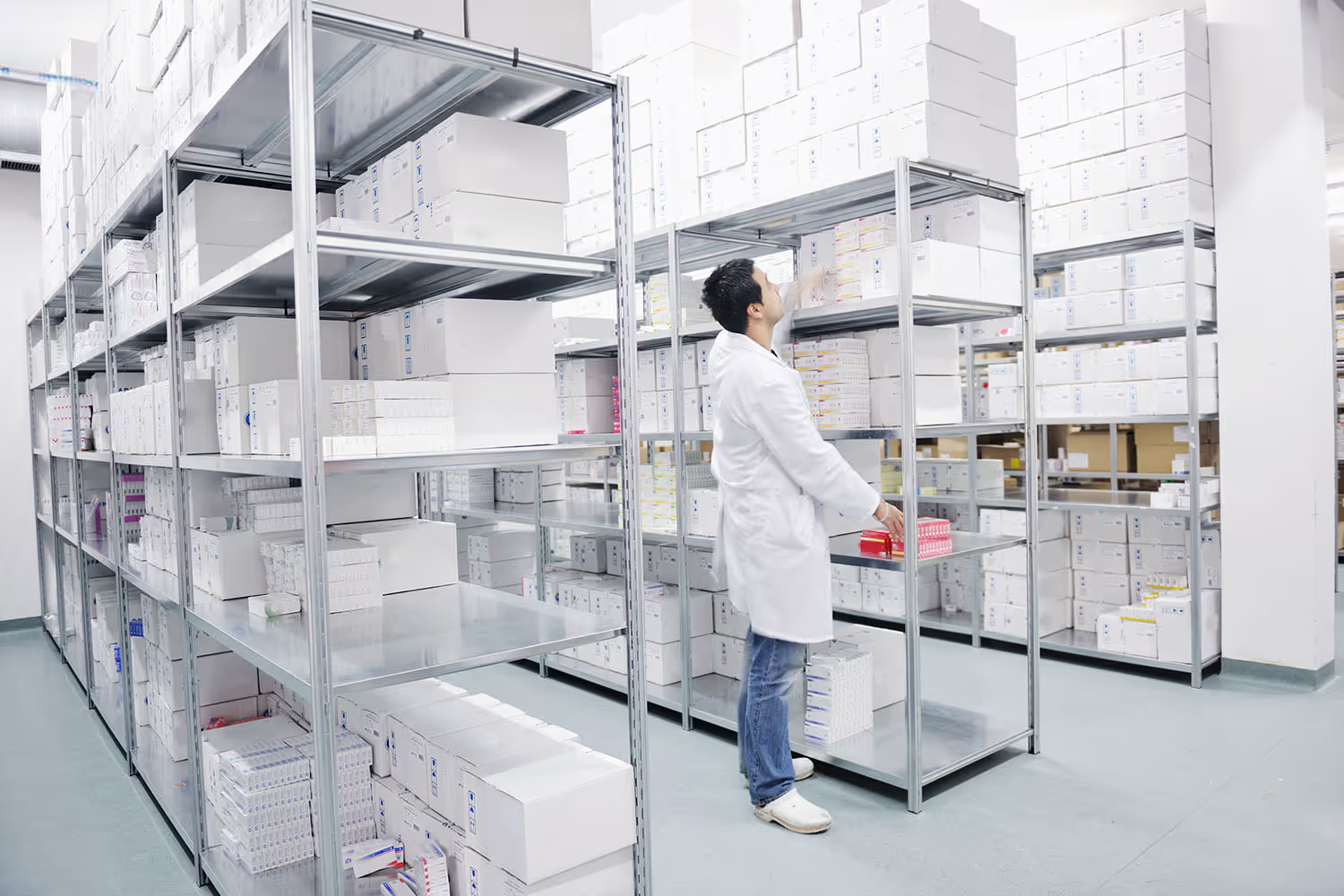
5 benefits of adopting digital temperature monitoring solutions
.avif)
Reducing excursion evaluation time from days to seconds

Making the pharma industry future-proof through supply chain digitalization

New opportunities on the horizon as TSS expands US operations
.avif)
On-demand webinar: A unified approach to clinical supply temperature management

TSS Clinical Trials Digitalization User Forum 2021

Which way is the wind blowing? The implications of cloud-based IoT on temperature monitoring in the life science supply chain
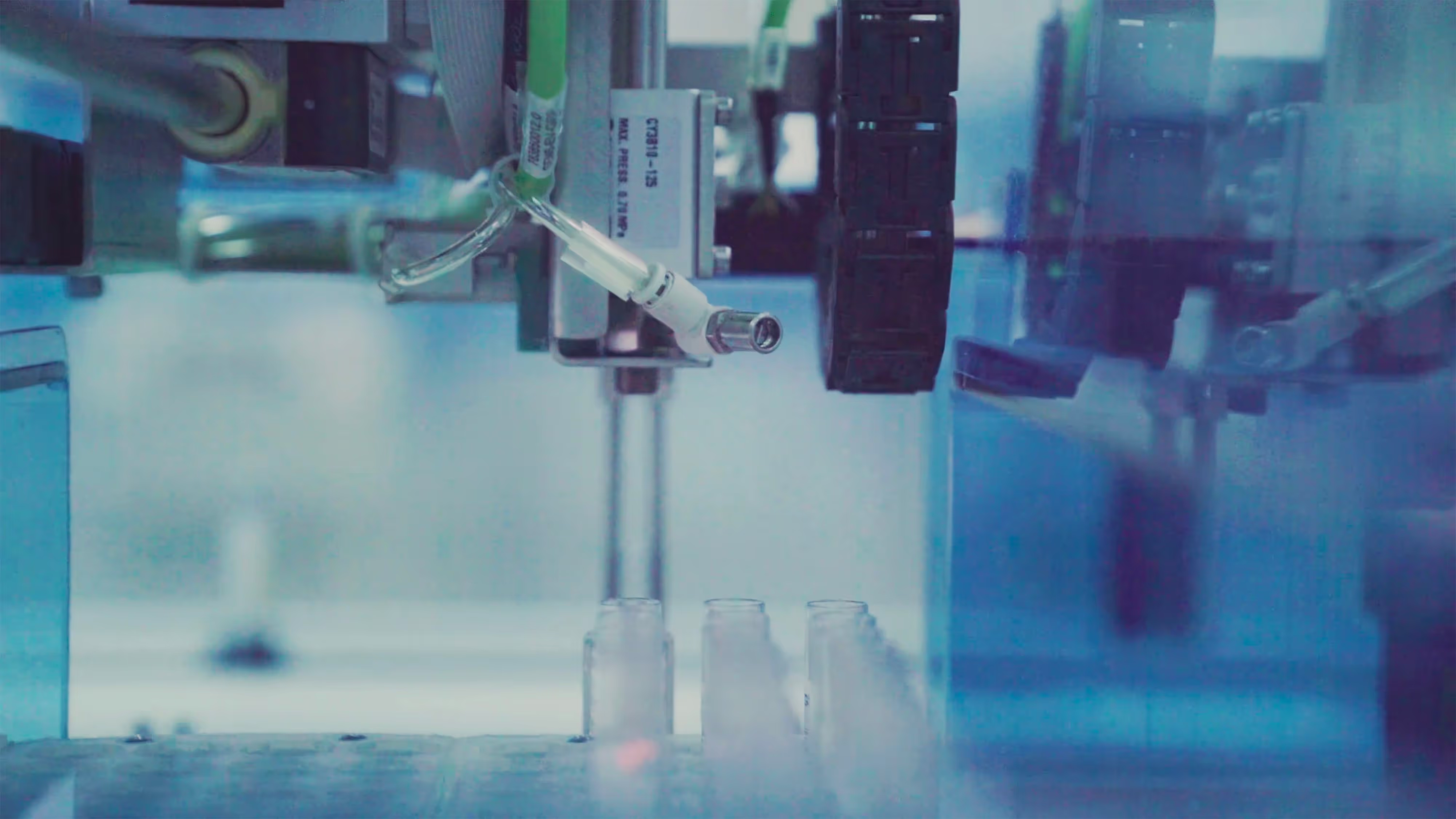
On-demand webinar: Monitoring multiple products with one temperature data logger

Women in executive positions: making a difference with International Women’s Day

Automation is making temperature excursion management simpler and more efficient for clinical sites

Mind the gap: the real-world impact of data gaps in clinical trials

On-demand webinar: Introducing BLE technology for temperature monitoring

Visibility and automation: reducing disruption due to temperature excursions

On-demand webinar: Automating the clinical supply chain
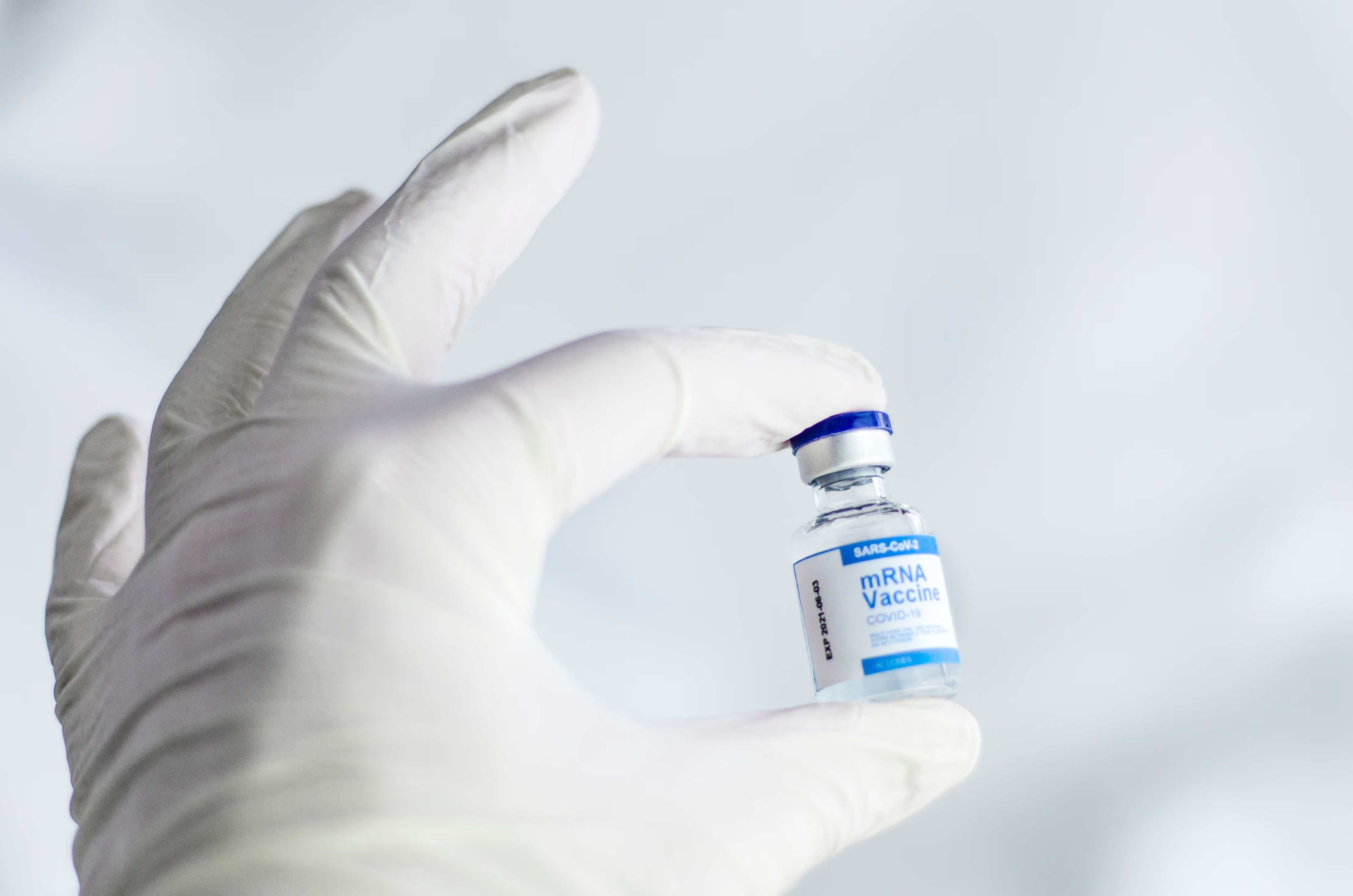
Three approaches for automating clinical supply chains

Data-driven supply chains: improving your excursion rate and temperature performance in 5 steps

We’re attending LogiPharma 2022

Could automating temperature excursion management hold the key to improving clinical supply processes?

TSS launches innovative Bluetooth powered temperature monitoring solutions
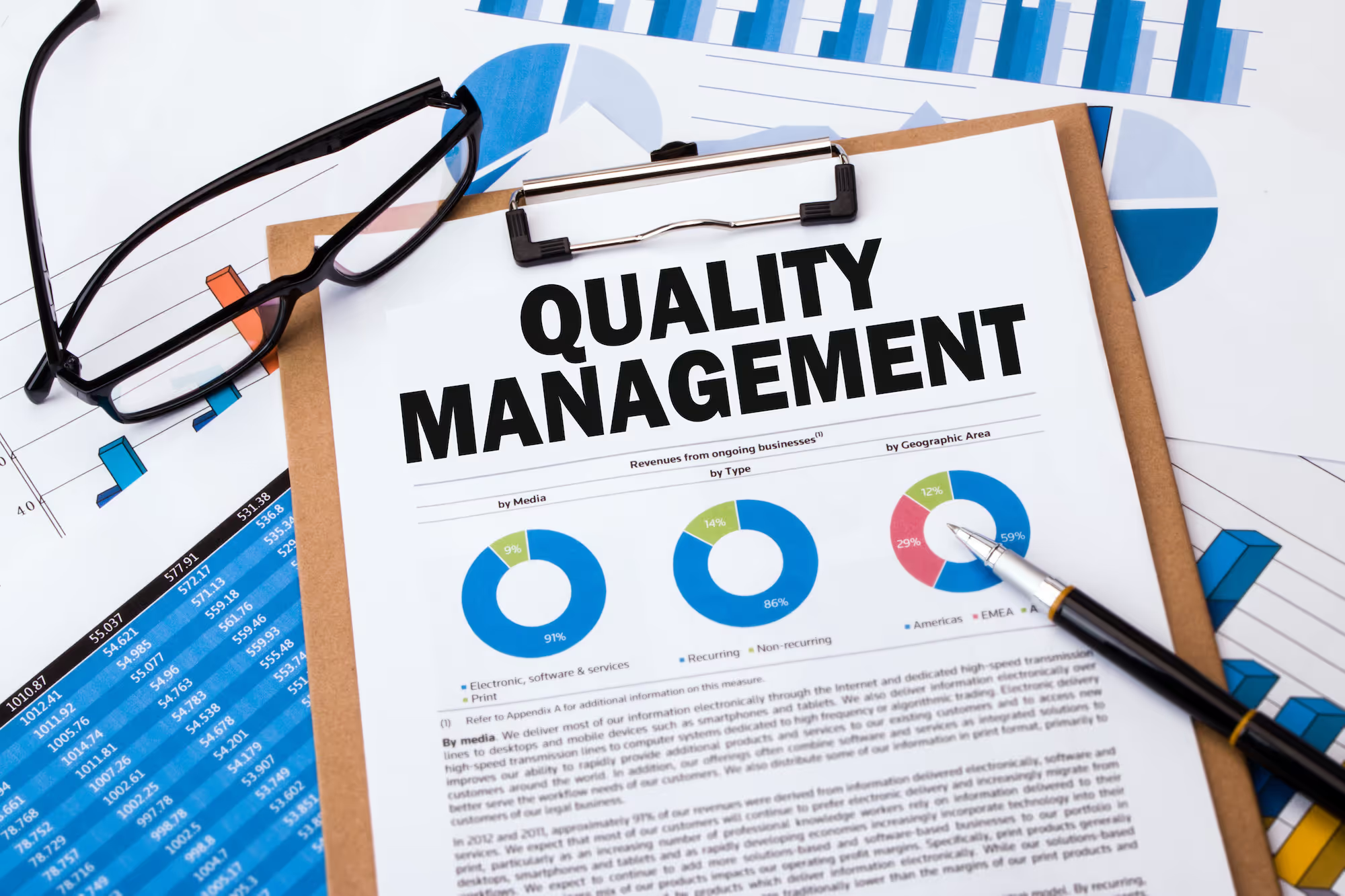
What is Quality?


